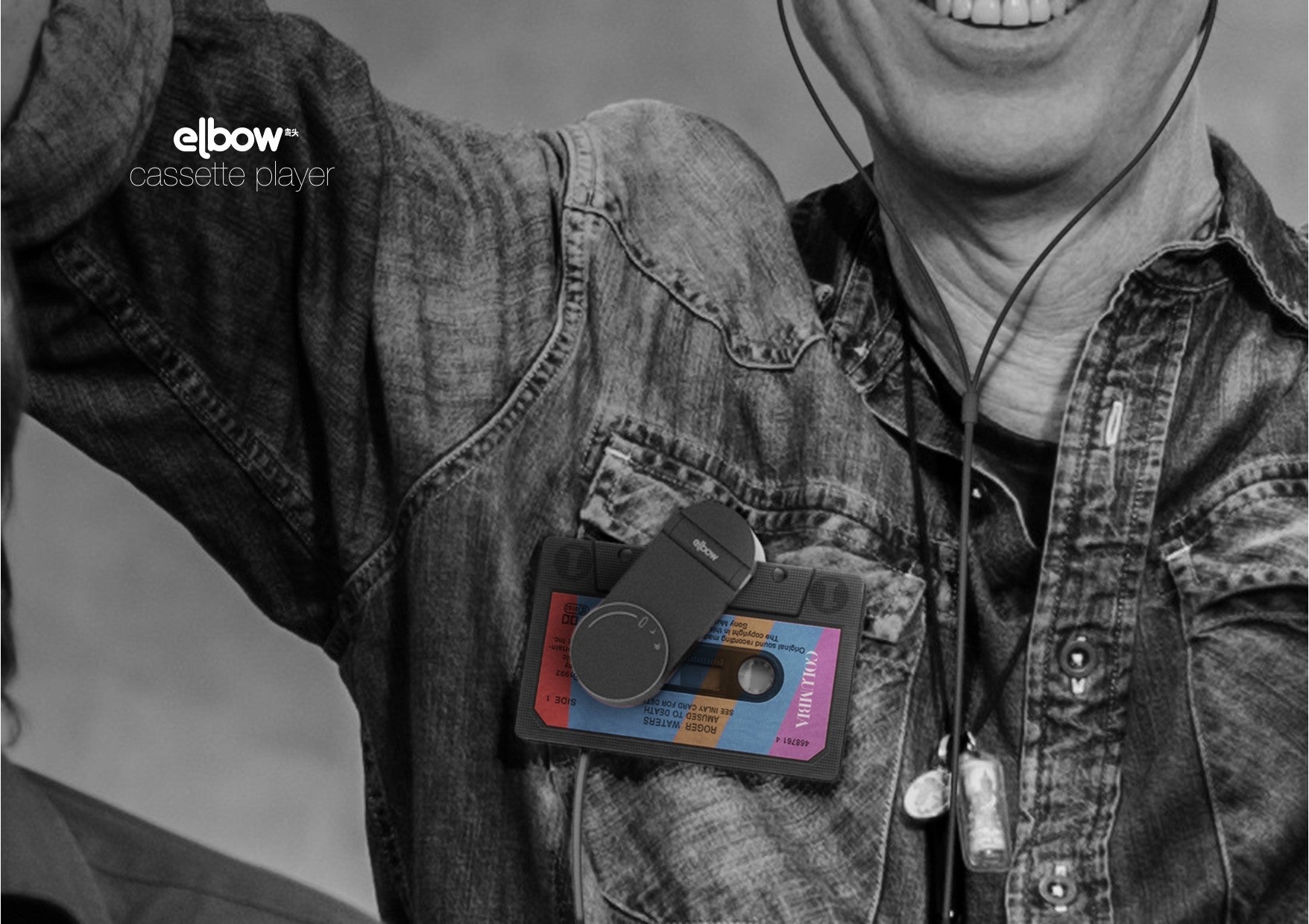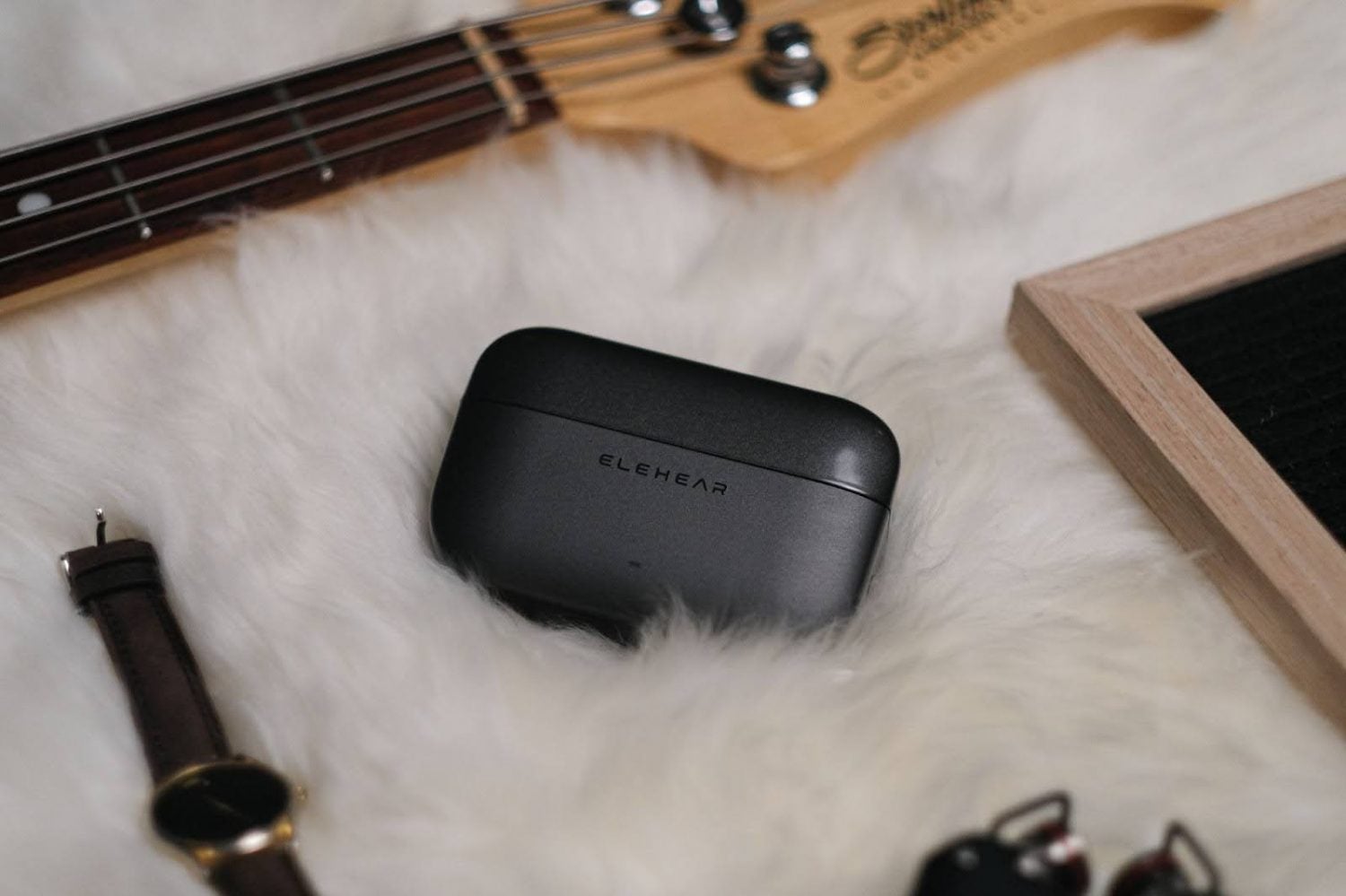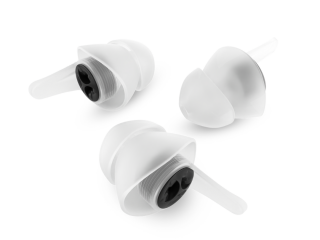Are you confused by the idea of Wi-Fi calling on your mobile phone? If so, you’re not alone. Most people are puzzled by this option and not sure whether it has any benefits for them. If you’ve recently upgraded to a device that’s capable of Wi-Fi calling, you probably have questions about the technology. Here’s everything you need to know about Wi-Fi calling and why you should consider using it.
What Is Wi-Fi Calling?

Image via Flickr by Lynn Friedman
Wi-Fi calls are the mobile equivalent of voice-over-IP (VoIP) calling on your laptop or desktop. VoIP technology, used by apps like Skype and Facebook Messenger on your computer, lets you make phone calls over the internet. If you’ve used any of these apps on your mobile device while it was connected to Wi-Fi, you’ve already experienced Wi-Fi calling. That is the technology behind Wi-Fi calling — making voice calls from your cell phone over a Wi-Fi connection instead of a data connection.
Expand Your Calling Reach
Although the idea of making calls over a Wi-Fi network using your cell phone isn’t new, Wi-Fi calling puts a new twist on the idea by integrating it with your mobile phone number instead of using a separate app.
Imagine you’re in a basement. You aren’t getting a phone signal, but you have a Wi-Fi connection. Previously, if you wanted to make a call, you would have to bring up a separate app on your phone, like Skype or Facetime. If someone was trying to call you, they would go straight to voice mail.
But now, your mobile phone can use the available Wi-Fi for voice calls without switching apps. You can make calls like normal even where there is no available phone network, and you can receive calls with your regular phone number.
Expect Better Sound Quality
Traditionally, voice calling and data use separate bands on your cell phone network. The market has been driven by data for several years now, and carriers have been competing to have the strongest, fastest, greatest data signals. Meanwhile, voice technology has been stagnant. As a result, the quality of calls made over data or Wi-Fi connections is surprisingly good — often better than a standard voice call over a cellular network. If you often struggle to maintain a solid cellular connection, Wi-Fi calling could be a big improvement for you.
Save Your Minutes
Wi-Fi calls don’t count toward your calling minutes. If you have a plan with a limited number of phone minutes per month, Wi-Fi calling will help you stretch those minutes further. If you spend a lot of time in places with a Wi-Fi connection, you might even be able to switch to a lower-cost plan.
It’s Automatic
If you’re wondering what’s involved in switching back and forth between Wi-Fi and cellular calling, have no fear. Carriers like T-Mobile now offer Wi-Fi calling as an automatic service on enabled devices. All you have to do is toggle the Wi-Fi calling setting on your phone. If you have an iPhone, go to Settings>Phone and toggle Wi-Fi calling to the “on” position.
On an Android phone, you’ll usually find the switch under Settings>Networks>Call. Once you enable your device, your calls will be routed in the background. The only thing you need to do is make sure you log into available Wi-Fi whenever possible (which is a good practice to reduce your data usage anyway).
You’re in Control
Wi-Fi quality can degrade when multiple people are sharing a connection, so you might experience poor sound if you’re in a public space. Wi-Fi calls can also experience an annoying one- or two-second delay between speaker and listener. Luckily, you’re in control of this situation. If you’re in a location with a poor Wi-Fi signal, just follow the instructions above to locate your Wi-Fi calling setting and toggle it off.
Your cellular network offers you a connection when there is no Wi-Fi, and Wi-Fi provides a clear connection when your cell coverage is spotty. Seamlessly switching back and forth between the two should offer you the best of both worlds.



















